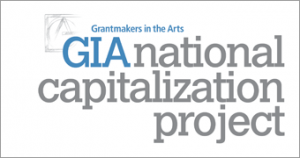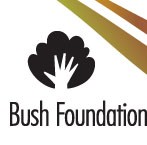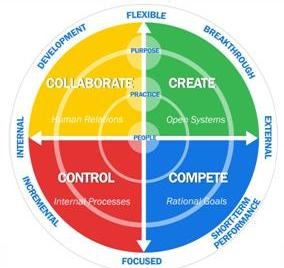Every Sunday’s NY Times Business section includes a special feature on leadership and management in the form of an interview with a business executive. It’s called “Corner Office“  and is written by Adam Bryant. The interviewees are asked about things like what they look for in a person when hiring, how they approach interviewing job candidates, and how they lead their businesses – from a people perspective.  The column is in a Q and A format, and Mr. Bryant does a great job of selecting leaders with different approaches and philosophies. It’s one of the first things I read in the paper every week.Â
This past Sunday the interview was with Robin Domeniconi of the Elle Group. She called out a quality she said she needs in the teams she leads — and described it as “MRI or Most Respectful Interpretation of what someone’s saying to you.”  It’s a quality of listening and interaction, a state of mind that enables a group to function at a high level because no time is spent distracted by questioning each other’s motives.  MRI is an interesting variation on “assume positive intent” - an orientation that frees you to focus on listening to one another and getting on with the work .Â
Anyone who is part of a team effort knows that teams operate with unique habits, behaviors, ground rules and values, whether spoken or unspoken.   Team leaders can make work more gratifying, efficient, and productive, or more stressful, ineffective, and deflating, depending on the interpersonal environment they strive to create for people who need to work, together.  Thanks, Robin Domeniconi, for giving us a new shorthand – MRI – for thinking about our human interactions in a fresh way.






